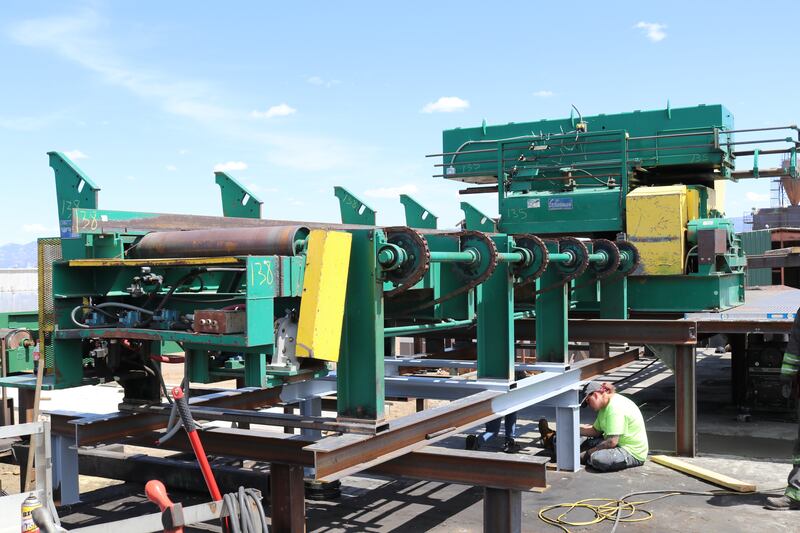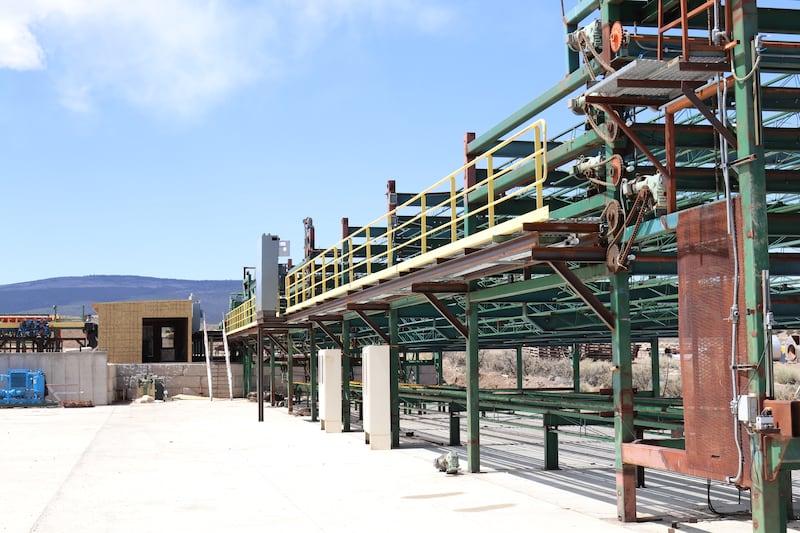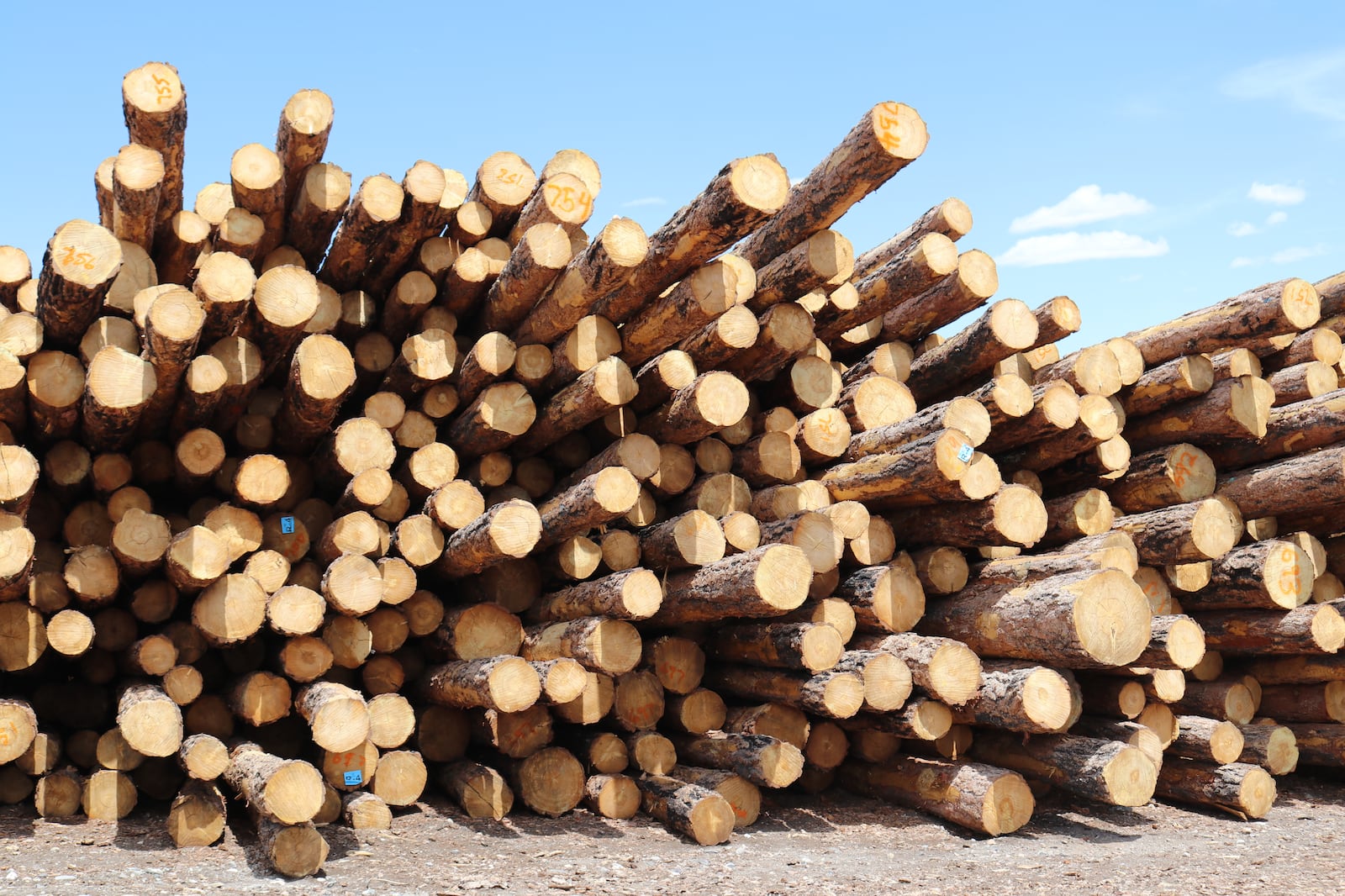This story appears in the June 2025 issue of Utah Business. Subscribe.
Utah’s 29 counties each offer businesses and employees something different. Named the best state in the nation two years in a row, it’s Utah’s varied counties that provide opportunities for all. Let’s visit Garfield County.
“We’re the only county in the United States with three national parks,” Kaden Figgins, director of planning and economic development for Garfield County, tells me. In 2022, Utah’s national parks created $2.6 billion in total economic output for the state of Utah. But, when asked about the biggest economic story of the area, it wasn’t the national parks that came to mind — it was a lumber mill.
In August 2024, a lumber mill owned by K & D Products and nestled in Panguitch, Garfield County’s largest city, went up in flames. Reports stated that, while the blaze didn’t get to the timber, the site’s machinery was severely damaged. The destruction landed a heavy blow to the community and the Frandsen family, who have owned and operated the mill for generations.

“That sawmill … is one of those industries that provides full-time, higher-paying jobs,” Figgins says. “The [Frandsens] said, ‘We can’t afford to spend the money to fix it up, so we’re just going to close it down.’ There were a handful of six-figure jobs that came with the sawmill, and about 25 other employees who were making $18 to $25 an hour. All those jobs were going to be lost.”
Unlike its warmer, neighboring tourist hubs, Figgins explains that Garfield County’s tourism economy is seasonal and doesn’t provide the same economic boost. Without the lumber mill’s contribution to economic variety, Garfield was taking a big step back.
The phoenix of Kings Peak
Sawmills have been a significant factor in the southern Utah economic landscape for generations. When a sawmill in Fredonia, Arizona, shuttered its gates in 1995, unemployment rates in Fredonia and Kanab, Utah, were estimated to increase by 8 to 12 percent. Dave Fiala, CEO and owner of Kings Peak Lumber, recalls how the tense political issues surrounding the timber industry at the time slowed the “allocation of timber and management of forests.” Since then, he’s seen the “hole” in the industry as an opportunity.
“In places like St. George, people don’t know there’s timber around,” Fiala says. “You go east and into the mountains, and there’s quite a bit. Panguitch is centrally located to the timber supply.”
“I’ve never been in a community that’s been as supportive as Panguitch and Garfield County. I know they want jobs, but I think it’s more than that. They want to bring back an industry that has a tradition in the area and can supply meaningful, livable wages for people.”
— Dave Fiala
Between the area’s lumber heritage and the need to balance out tourism’s seasonal employment waves, Fiala gained enthusiastic support from state and local governments to build another sawmill. With his business partner, Barco — a logging company — Fiala acquired 25 acres north of Panguitch and began clearing space and bringing in power, water and gas.
When the K & D Products sawmill burned during Fiala’s development, he spoke to the Frandsens and together they worked out a way for Fiala to take over what was left of the old mill and utilize it for his new business.
“Kings Peak was going to hire people, but now we’ve lost another sawmill before [mine could] start. Losing 20 people in Panguitch is equivalent to losing 1,000 or 2,000 in the Salt Lake area — it’s a big impact on the community,” Fiala says. “We decided to … rebuild the burnt sawmill, make some modifications and start production on [the K & D] property.”
It takes a village
Fiala plans to have the refurbished mill up and running in early June. For the rest of the partially developed property, he says it’s been zoned industrial, so he’s considering building a bigger sawmill to double down on lumber. Another option would be to build out infrastructure to manufacture other lumber-related goods out of the main mill’s waste products.
To Figgins, this kind of development is a dream come true as the cost and requirements for developing in the area scare many away.

“These things, like the sawmill, are a huge win for us,” he says. “The Bryce Canyon area, to my knowledge, is the most difficult geographic area to develop in the world. The developers have to buy the transformers, … find water, go through a change application, … and the waste water standard up there is the highest in the world. … It’s very difficult for that to pencil.”
But for dedicated parties like Fiala, Figgins says he can help move the mountains and streamline processes as he works as both the planning department and economic development director.
“I told Dave, ‘If you put forth the effort, I’m happy to help you, but I’m not going to write a grant application for you. I’m not going to do any of this for you,” Figgins says, recalling an initial conversation with Fiala about how he could get help funding his venture. “Dave took that to heart and spent probably 500 hours [applying for grants].”
Fiala says he’s received nothing but support from the community for his efforts. “I’ve never been in a community that’s been as supportive as Panguitch and Garfield County. I know they want jobs, but I think it’s more than that. They want to bring back an industry that has a tradition in the area and can supply meaningful, livable wages for people.”
His ultimate goal: “Within 10 years, I would love to see the sawmill employing well over 100 people. … We’re here to be part of the community, make it multi-generational if we can.”

